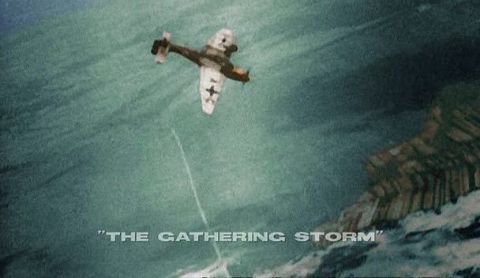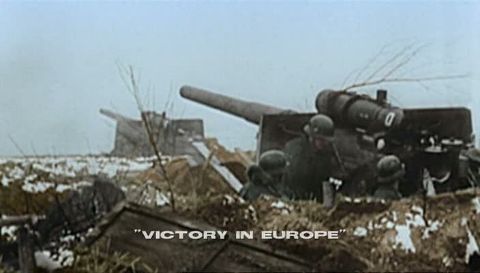Victory in the Pacific • 2009 • episode "13/13" • World War II In HD Colour
The end of the War in the Pacific is one of the greatest and most terrible tales of modern history. The Japanese fought to the bitter end and continued to fight island by island, hill by hill. US Air Force command tried bombing Japan into submission, firebombing Tokyo but could not break the Japanese resolve. Over 200,000 people died. In the end, President Truman decided to go nuclear and the fates of Hiroshima and Nagasaki were sealed.
Make a donation
Buy a brother a hot coffee? Or a cold beer?
Hope you're finding these documentaries fascinating and eye-opening. It's just me, working hard behind the scenes to bring you this enriching content.
Running and maintaining a website like this takes time and resources. That's why I'm reaching out to you. If you appreciate what I do and would like to support my efforts, would you consider "buying me a coffee"?
Donation addresses
BTC: bc1q8ldskxh4x9qnddhcrgcun8rtvddeldm2a07r2v
ETH: 0x5CCAAA1afc5c5D814129d99277dDb5A979672116
With your donation through , you can show your appreciation and help me keep this project going. Every contribution, no matter how small, makes a significant impact. It goes directly towards covering server costs.


















